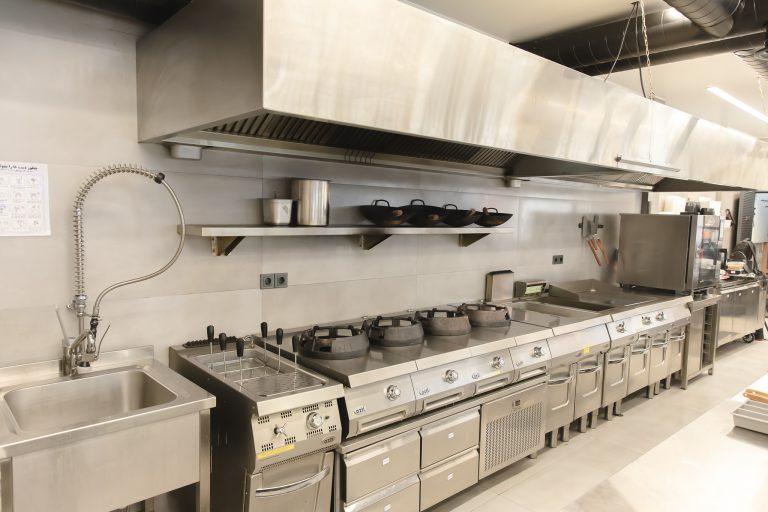Hardware Services
In a smart kitchen AI company, hardware services can be categorized into two primary categories: Smart Appliances and IoT Devices. Each category plays a crucial role in enhancing the functionality and efficiency of the kitchen through automation, connectivity, and user-friendly features.
1. Smart Appliances
Definition: Smart appliances are kitchen devices that are integrated with advanced technologies such as AI and IoT, allowing for automation, remote control, and data sharing.
Examples:
Smart Refrigerators: These refrigerators can monitor food inventory, suggest recipes based on available ingredients, and alert users about expiration dates. They may also feature touchscreen interfaces and connectivity to grocery delivery services.
Smart Ovens: Equipped with sensors and smart technology, these ovens can be programmed remotely, offer cooking guidance, and adjust cooking times and temperatures based on the recipe requirements.
Smart Dishwashers: These appliances can optimize cleaning cycles based on load and dirt levels and can be controlled via smartphone apps to start or schedule washing cycles conveniently.
Services Offered:
Installation and Setup: Professional installation services to ensure smart appliances are correctly integrated into the kitchen network.
Maintenance and Support: Ongoing support, troubleshooting, and repairs for smart appliances, ensuring optimal performance over time.
2. IoT Devices
Definition: IoT (Internet of Things) devices in a smart kitchen augment the overall smart home ecosystem by enabling connectivity between different appliances and providing data-driven insights to enhance user experience.
Examples:
Smart Thermostats: Integrated into the kitchen environment to monitor and manage temperature, ensuring a comfortable cooking environment and energy efficiency.
Smart Lighting Systems: These can be programmed to adjust brightness and color based on the time of day or cooking activities, enhancing the ambiance and functionality.
Connected Cooking Assistants: Devices that work as digital assistants, offering voice activation, personalized recipes, timers, and reminders, effectively serving as the hub for kitchen management.
Services Offered:
Network Integration: Services for integrating IoT devices with home networks, ensuring seamless communication between devices.
Data Analytics: Providing insights based on device usage and performance, which can help in optimizing energy consumption and kitchen workflows.
Conclusion
These two categories of hardware services in a smart kitchen AI company represent the forefront of kitchen innovation. By focusing on smart appliances and IoT devices, the company can create an ecosystem that not only enhances cooking and food preparation but also makes the entire kitchen experience more efficient, connected, and enjoyable for users.





